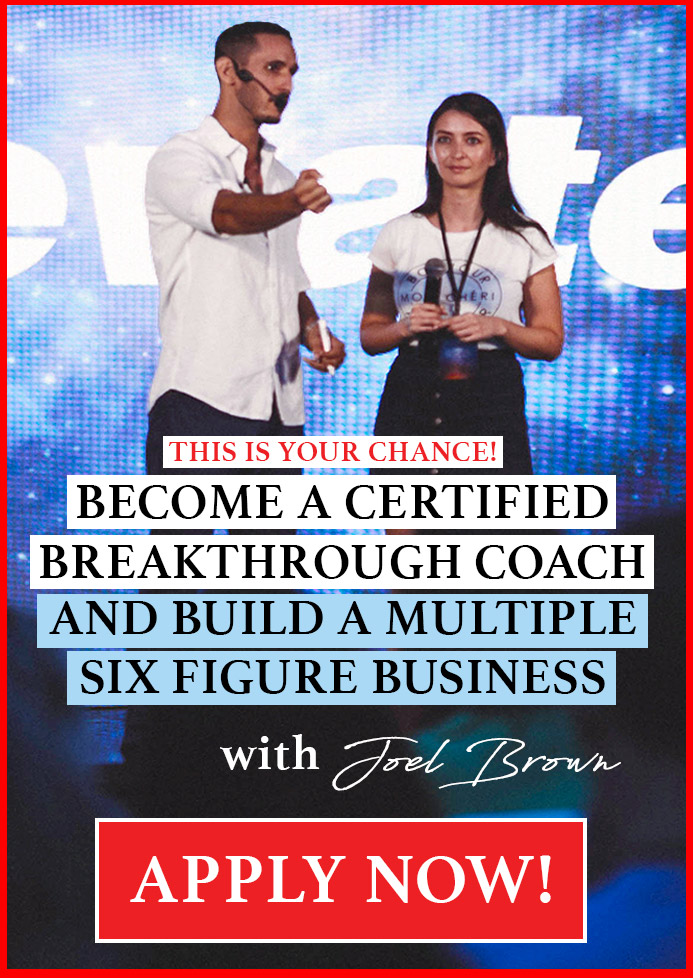Success Advice
How to Develop a Following of Passionate Fans Even Before Launch
A fundamental mistake entrepreneurs make is failing to first build an audience around their idea before they launch their business.

A fundamental mistake entrepreneurs make is failing to first build an audience around their idea before they launch their business.
I’ve seen it many times: an entrepreneur spends countless days and nights creating a great product. As their launch date nears, their anxiety level goes sky high. They have stomach butterflies that keep them from eating and fears of failure that keep them from sleeping.
Launch day finally arrives. This is the day they’ve been waiting for, working towards, the day to which all their blood, sweat and tears have led. All engines are running, the website is live, here we go! And — crickets. Nada. Zilch. They built it but no one came. They struggle to comprehend how all of their hard work has resulted in silence. No one cares. It’s one of the worst feelings a new entrepreneur can experience. Why has this happened?
It’s simple — they failed to create a community of potential customers to whom they could launch, before the launch!
If you plan to launch an idea that will change the world, you first have to build excitement about it. Like ripples in a pond, you have to drop a pebble into the water to stimulate the wave motion. The community of potential customers you build before your launch is that pebble: small but mighty, and essential for giving your idea the energy to spread.
What to do before you launch a product
A recent example of a successful pre-launch program to acquire and engage prospective customers comes from the stock trading app, Robinhood. Leading up to the launch of the app, Robinhood invited people to gain access to its private beta, giving them the chance to be among the first to benefit from what was on offer.
After opting in, users were placed on the waiting list and shown a “thank you” page displaying their position on the waitlist, along with the chance to move up the list by inviting their friends, family, and networks to the app, too. The more people a user got to join, the sooner they would get access to the app.
Through introducing this type of marketing in the pre-launch process, Robinhood was able to both acquire and engage prospective users long before the app was even available.
Also, to reduce your risk of a failed launch, instead of putting all of your efforts and resources into building prospects in just one area, you create as many touch points with potential customers as possible.
Consider email marketing, for example. Many entrepreneurs, particularly in a product launch arena such as crowdfunding, commit a lot of resources to building an email list of subscribers before they launch.
This allows them to send an email to these potential buyers when a product becomes available, with the intention of driving a lot of traction and sales right from the moment of launch. While this is often a solid route to go and can go off without a hitch, there’s no plan B, however.
“When you build an audience, you don’t have to buy people’s attention – they give it to you. This is a huge advantage. So build an audience. Speak, write, blog, tweet, make videos – whatever. Share information that’s valuable and you’ll slowly but surely build a loyal audience.” — Jason Fried
A few years ago, I was working on the launch of a technology eyewear product. There was a lot of interest in the product, people were excited to get their hands on a pair, and we had prioritized one core marketing communication channel for these folks: email marketing.
Two days before launch, disaster struck. In our final pre-launch email to the subscriber list, we noticed the open rate of our email sends plummeted from something like a 50 percent open rate down to a mere 10 percent. All of a sudden, almost no one was opening the emails we were sending.
These days, I have a pretty tight process if this were to happen. Back then, this was a first for me. After hours of digging, I discovered that the domain used in the sender name of our emails had been blacklisted by the email providers (Gmail, Yahoo Mail, Outlook and so on), due to website security errors on the client’s part.
This had then been flagged by the email platform (the mass email tool we were using to send emails to thousands of prospective buyers), meaning that emails being sent were being pushed in spam folders, rather than inboxes.
We were in trouble. No matter how excited or interested these potential buyers were, if we couldn’t place an email in their inboxes on launch day then we had no way of informing them the product was now available. Thousands of excited community members would be left in the dark, unaware that our preorder sale was kicking off.
In the end, we were able to somewhat save the situation by employing workaround tactics to reach these email subscribers via different marketing channels. It was a far from perfect solution, though, and significantly impacted the success of the launch.
Lesson learned: one touch (one method of communication with community members) wasn’t enough. Putting all your eggs in one basket won’t work if the basket flips over.
Life
10 Research-Backed Steps to Create Real Change This New Year
This New Year could finally be the one where you break old patterns and create real, lasting change.

Every New Year, we make plans and set goals, but often repeat old patterns. (more…)
Change Your Mindset
The Silent Skill That Makes People Respect You Instantly
What truly earns respect and why most people go about it the wrong way

Everybody craves respect but not everyone earns it. Some people believe that a title, years of experience, or a position of authority automatically entitles them to respect. (more…)
Entrepreneurs
The Essential Skills Every Entrepreneur Needs In 2026
Success in the digital age isn’t about luck. It’s about mastering the skills that separate dreamers from doers.

When I was 22 years old, I started my first side hustle as a ghostwriter. (more…)
Did You Know
The Success Patterns You Inherited (And Didn’t Notice)
Your family history may hold the key to why you think, act, and feel the way you do today.

Who are you? Your experiences and your family’s narratives and legacies contribute to your identity. Your ancestry contains individual traits and forces that have been inherited over the years. It also carries the fights and victories of your forebears and older family members. (more…)
-

 Personal Development4 weeks ago
Personal Development4 weeks agoThis Silent Habit Might Be Sabotaging Your Career
-

 Business3 weeks ago
Business3 weeks agoWhy Your E-Commerce Fulfilment Is Probably Broken (And How to Fix It)
-

 Shift Your Mindset3 weeks ago
Shift Your Mindset3 weeks ago11 E’s That Define Every Great Leader And Why Most People Miss Them
-

 Did You Know2 weeks ago
Did You Know2 weeks agoThe Success Patterns You Inherited (And Didn’t Notice)
-

 Business3 weeks ago
Business3 weeks agoThe Hidden Money Pit in Your Operations (and How to Use It)
-

 Entrepreneurs2 weeks ago
Entrepreneurs2 weeks agoThe Essential Skills Every Entrepreneur Needs In 2026
-

 Change Your Mindset1 week ago
Change Your Mindset1 week agoHow to Turn Your Mind Into Your Greatest Asset (Instead of Your Enemy)
-

 Change Your Mindset6 days ago
Change Your Mindset6 days agoThe Silent Skill That Makes People Respect You Instantly


























